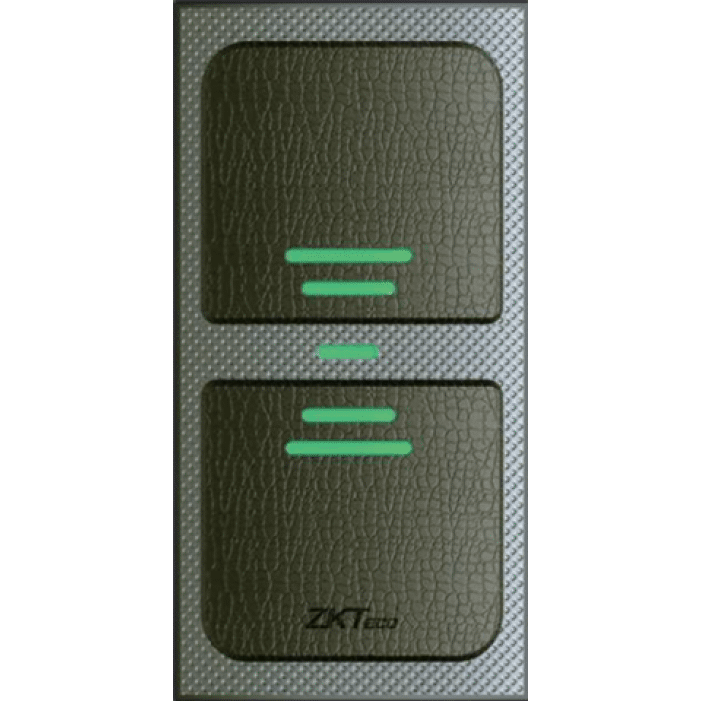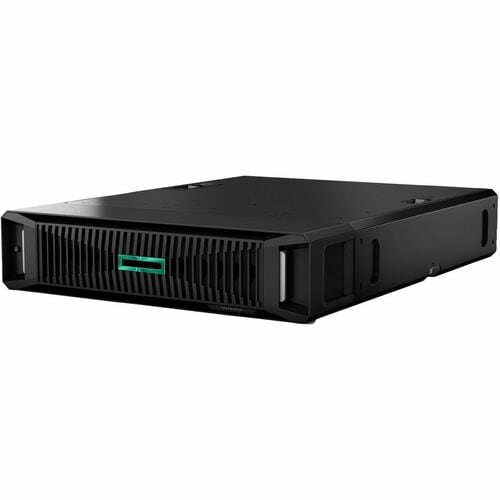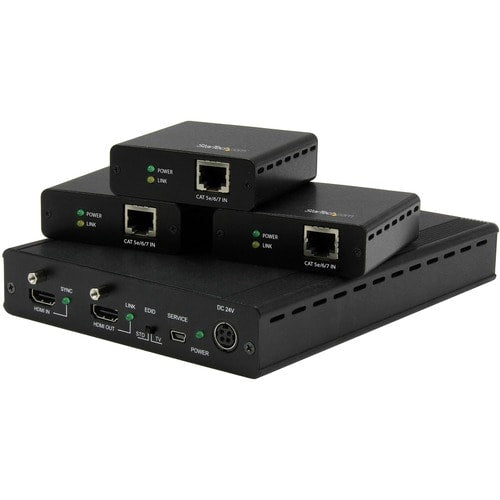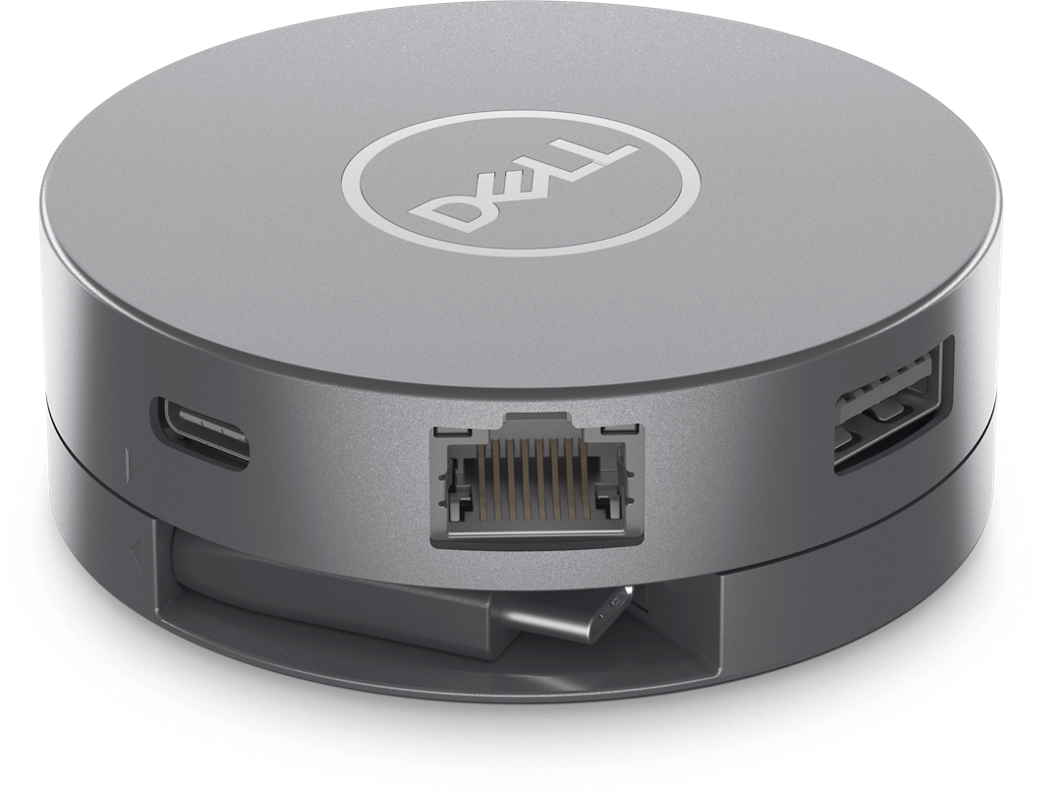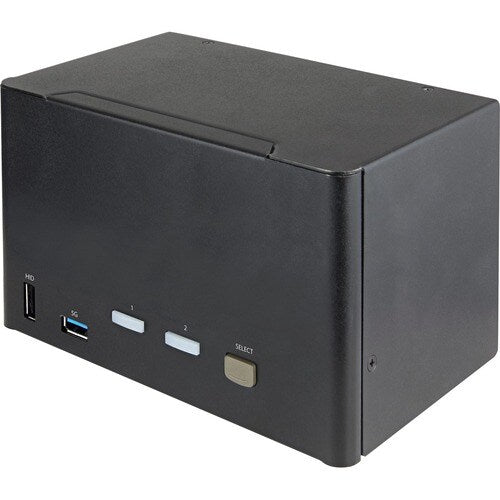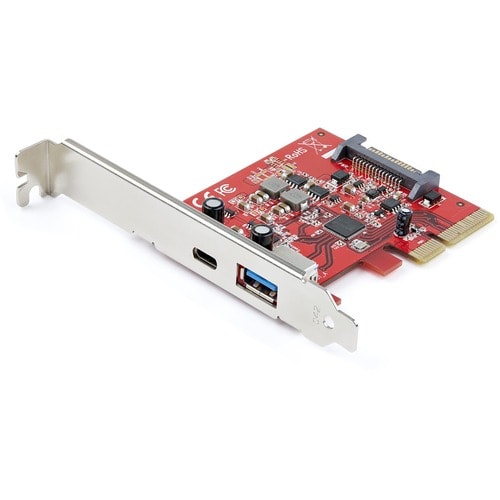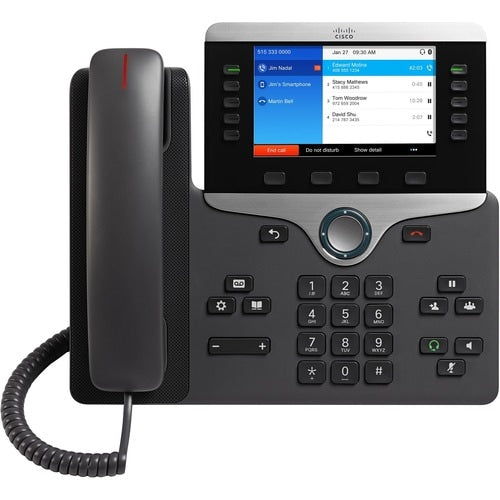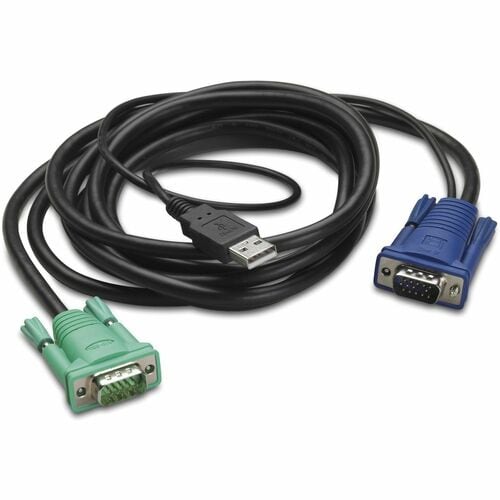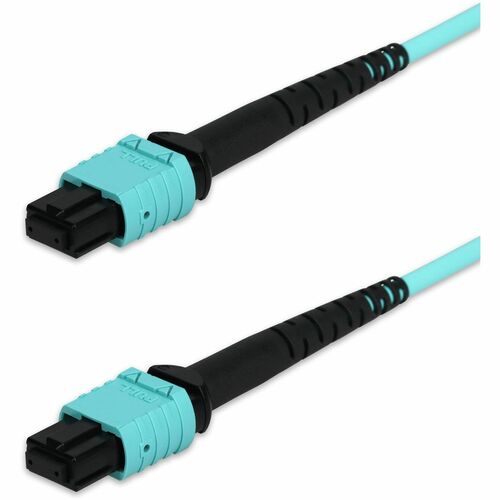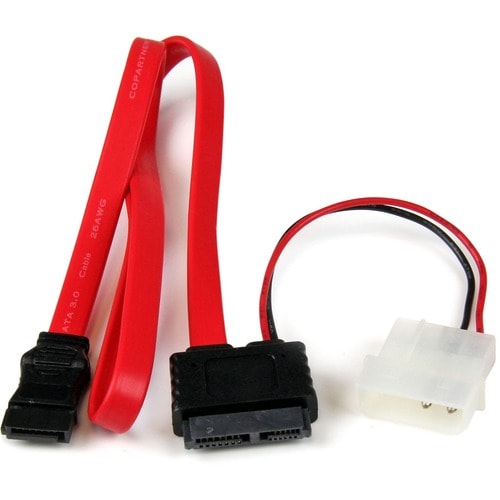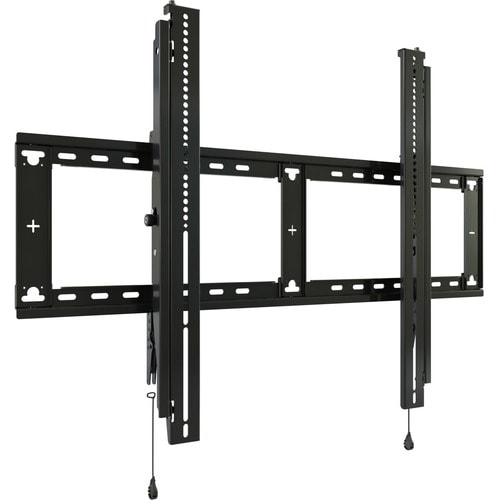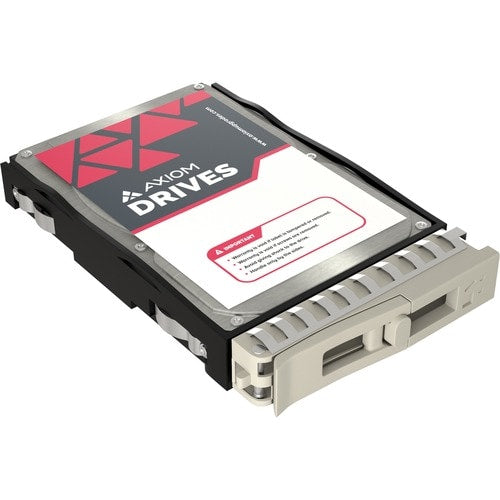Digital Transformation
Globalization - connecting and integrating . Get ready for artificial intelligence (AI) storm.

Best
Managed services, digital Workplace, we cover the entire lifecycle of modern infrastructure from design and implementation to optimization and management.
We offer managed services for continuous modernization, security and administration, including:
- Enterprise support
- Managed adoption
- Managed endpoint
- Managed collaboration
- Managed Office 365®
- Managed security for compliance
- Managed Virtual Desktop Infrastructure (VDI)Adoption and change management
- Architectural design
- Assessments and health checks
- Configuration and implementation
- Roadmap workshops
Digital Transformation
Digitizer digital transformation service goes beyond digitizing and automation processes. This transformation focuses on reshaping the entire organization. We provide our clients with a comprehensive strategy using emerging technologies, Digital transformation streamlines company’s core operations and customer value propositions. It is thorough, requiring changes in culture, structure, processes, and governance. We empower our clients to create sustainable growth by using digital technologies to create new or fundamentally different business models.
We provides solutions to our clients to meet customer expectations. Increasingly, customers expect companies to offer digital solutions such as online ordering and self-service, and you are quick to take their business elsewhere if you don’t. We will support our clients to embrace new technologies such as artificial intelligence, big data, robotics, and the Internet of Things create opportunities for companies to improve their operations and better serve their customers.
Digital transformation doesn’t have a fixed destination. It’s an ongoing voyage. Through continuing investment in your company’s digital infrastructure, you can leverage the latest innovations and emerging technologies to capitalize on new consumer trends, implement continuous improvement strategies and boost profitability. Our transformation strategy comprise of eight fundamental digital transformation steps that all businesses to ensure smooth and sure success.
Digital transformation step wise approach
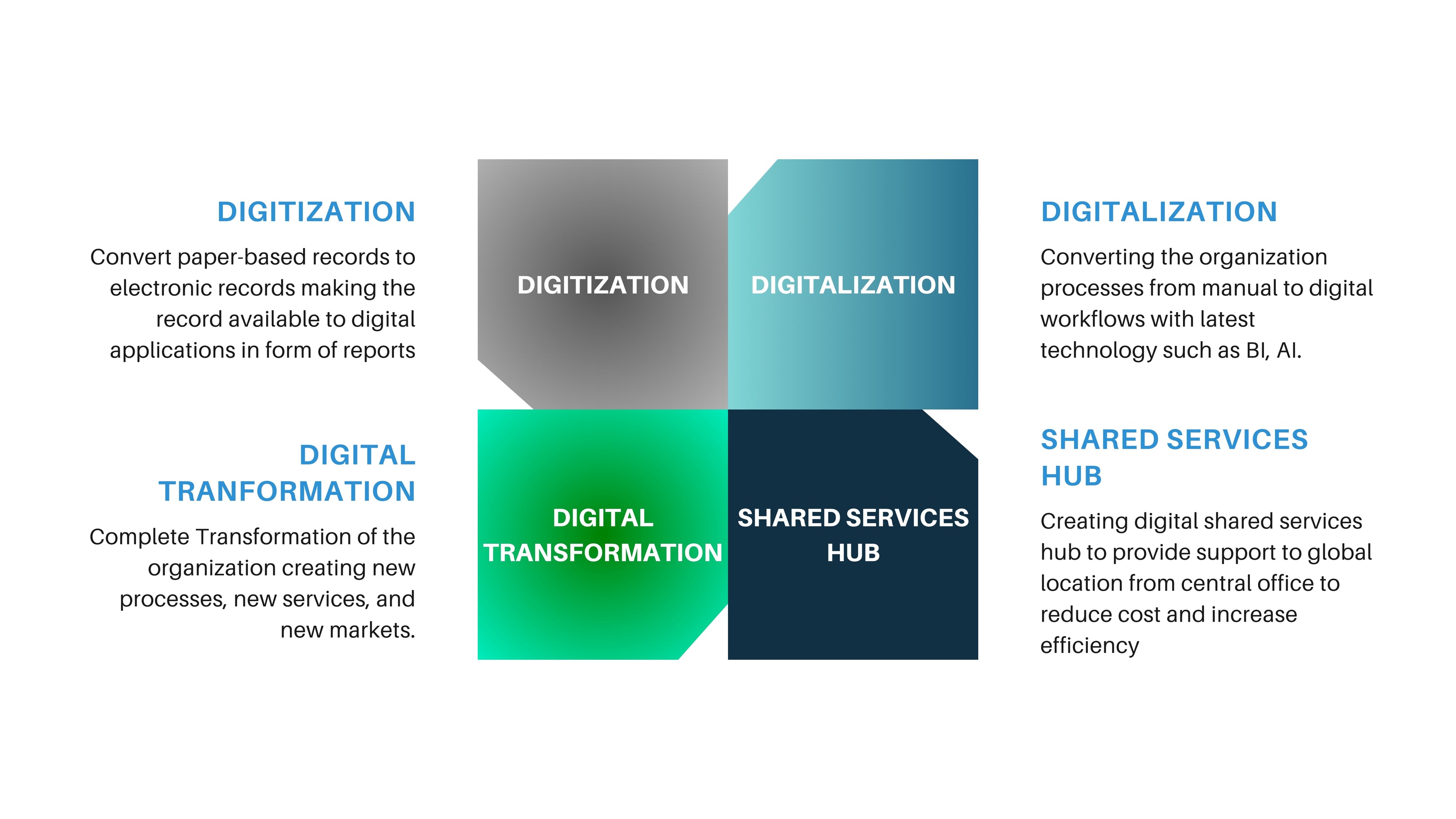
Understand Your Mission and Destination
As part of this process, it’s pivotal to document the business strategic plans and operations and benchmark it with international best practices. The review is focused on building transformation scorecard, this involve all your stakeholders to see what they need—including individuals in the finance, sales, marketing and product development departments, as well as those on the shop floor and in the warehouse. All of your teams will have important insights into how your business could run better. Whether you do this using a decision matrix or old-fashioned roundtable discussions, you need to ensure that your strategy is not exclusively driven by your executives and IT department, as you’ll miss critical considerations and fail to make your digital transformation as effective as possible.
Secure Executive Buy-In
Successful digital transformations must encompass a cultural shift, and a future-focused company culture can only be secured with a top-down approach. If you don’t accomplish this step, you could fragment your strategy, with each department pulling in a different direction—slowing overall progress and burning valuable resources. Therefore, each company executive must be bought in from the start so they can promote adoption throughout their teams. After all, every department in your organization stands to benefit in the long run.
This step should also take into account financial planning. Before researching systems and considering process changes, your leadership team will need to agree upon what your company is willing and able to spend on this endeavor, from capital expenditure to recurring costs. Remember, while digital transformation is an investment, it’s also an ongoing journey, so you can spread costs out over multiple years.
Win Hearts and Minds
Discussion of automation, AI and new technologies can be concerning for staff who fear change. Securing team buy-in may seem less critical than lining up the shiniest new tool on the market, but trust us, it cannot be overlooked. You must devote time early in your journey to reassure staff, hear their concerns and illustrate the benefits of this initiative, not only to the business but to them, too.
If everyone feels like the vision is achievable and helpful, it’s more likely to succeed. You’ll streamline change management, secure quicker adoption and gain fuller realization of benefits. As part of this step, you may also want to identify digital accelerators or super-users that can advocate and educate within their specific functions—ensuring proper training of other team members and gathering feedback as your initiatives progress.
Assemble Your Crew
Now that everyone is fully bought in, it’s time to decide who will be directly involved in your projects. Ideally, you’ll assemble a cross-functional team, including managers and staff in finance, operations and IT. With the right people on board, you can ensure your company’s digital transformation journey matches your unique operations, business environment and goals.
Of course, you’ll need to strike the right balance between dedicating enough resource to secure success in your initiative and retaining enough staff in their day jobs to ensure business continuity. This may mean bringing in new hires or investing in outside consultants, so you’ll need to factor this into any budgetary planning.
Identify Key Solutions
Identify exactly what digital solutions your company requires. While your industry and business structure will influence this choice, the pain points and goals you defined in Step 1 should shape your ideal technology stack. From ERP and PLM to enterprise asset management (EAM) software and business intelligence (BI) tools, you’ll need to research which pieces of the software puzzle suit your business needs.
When evaluating systems during this stage, be sure to prioritize two important characteristics—cloud deployment options and industry-specific functionality. Cloud software offers many benefits, including enhanced cyber security, quicker implementation, greater scalability and broader accessibility. And choosing specialized systems designed for your industry can ensure your unique challenges are solved straight out of the box—without costly customizations or cumbersome workarounds.
Implementation layout
In this step, we mitigate the risk of unexpected issues arising. But don’t worry, digital transformation isn’t a singular, finite event. It’s a constantly evolving process.
We build a strategic plan that outlines the various procedures we must accomplish and changes We must make—considering all requirements, redundancies and contingencies.We ask are there any physical or process-related decisions to make before certain systems can be implemented? For example, if we are looking to leverage the accessibility of ERP software to empower some remote working, does our staff have sufficient hardware to facilitate this?
Get Ready, Set, Launch
We map the latest technology to the business processes, achieve the targeted advantage. We run the technology in test environment, customize and adjust the outliers and discuss with management groups. The result of this phase is finalizing the implementation and change.
Implementation
We implement the final set of advancement to real time business processes, integrate the systems and set the global flows and routines. We closely monitor the processes and ensure everything is working as planned.
Change management
We provide continues support to the organization, trainings and a complete change management. We ensure )% interruption to the organization processes and document the outcomes of transformation.
Key deliverables
-

Making Searchable
Pair text with an image to focus on your chosen product, collection, or blog post. Add details on availability, style, or even provide a review.
-

24/7 Global Access
Pair text with an image to focus on your chosen product, collection, or blog post. Add details on availability, style, or even provide a review.
-

Creating relationship
Pair text with an image to focus on your chosen product, collection, or blog post. Add details on availability, style, or even provide a review.
Explore by category
Our services

Partner with us

Business ethics and integrity

Consistence & focused performance

Shared vision & Shared success

Confidentiality @ security
-
 see more
see moreDesign and build workplace, conference rooms & boardroom
-
 See more
See moreDigitization, data retention, automation, Dev apps
-
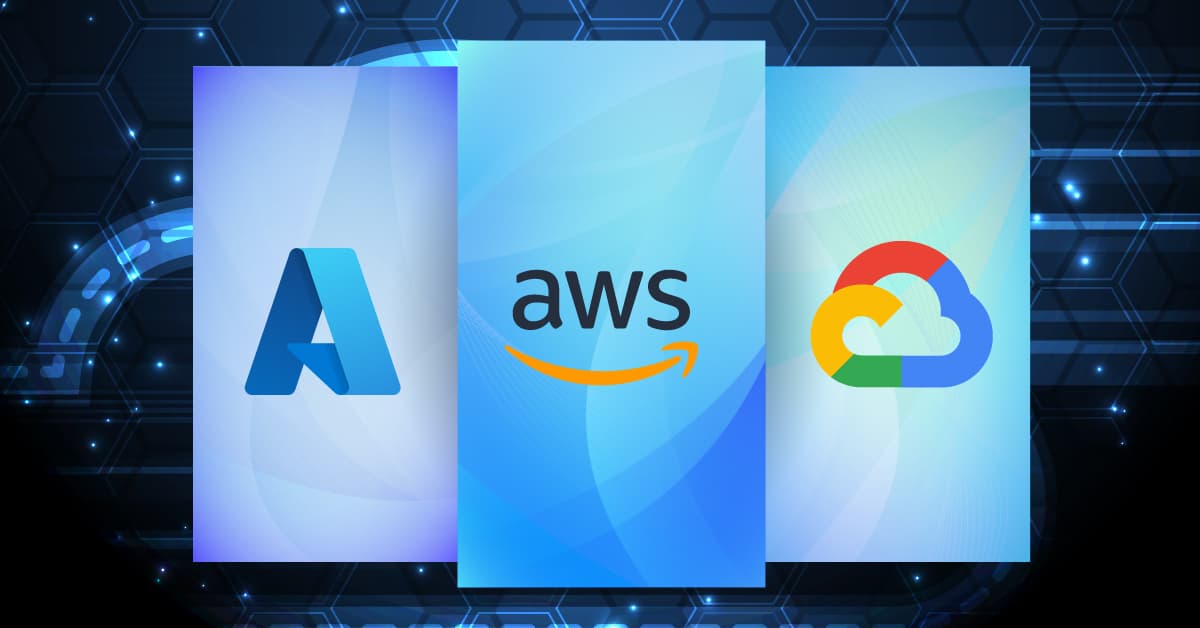 See more
See moreCloud structure, migration, optimization and security
-
 See more
See moreManaged IT service, help desks, servers, workstations & networking
-
 See more
See moreNext generation devices assessment, procurement, customization
-
 see more
see moreBusiness continuity, cyber security, backup & disaster recovery
-
APC by Schneider Electric EcoStruxure IT Advisor + Capacity + Change - Subscript
Vendor:APC by Schneider ElectricRegular price $136,500.00 CADRegular priceUnit price / per -
APC by Schneider Electric EcoStruxure IT Advisor + Capacity - Subscription Licen
Vendor:APC by Schneider ElectricRegular price $33,500.00 CADRegular priceUnit price / per -
APC by Schneider Electric EcoStruxure IT Expert Access - Subscription License -
Vendor:APC by Schneider ElectricRegular price $14,410.00 CADRegular priceUnit price / per -
APC by Schneider Electric EcoStruxure IT Expert Access - Subscription License -
Vendor:APC by Schneider ElectricRegular price $3,090.00 CADRegular priceUnit price / per




